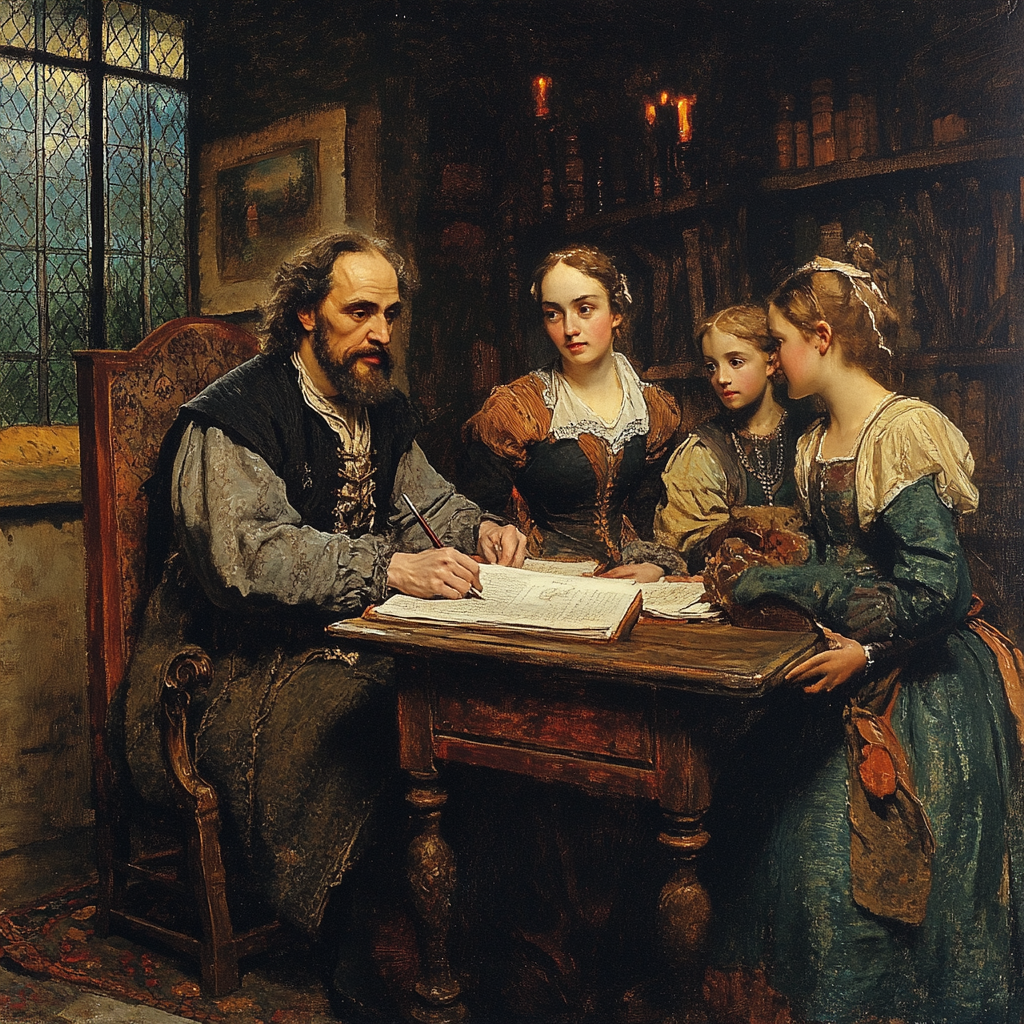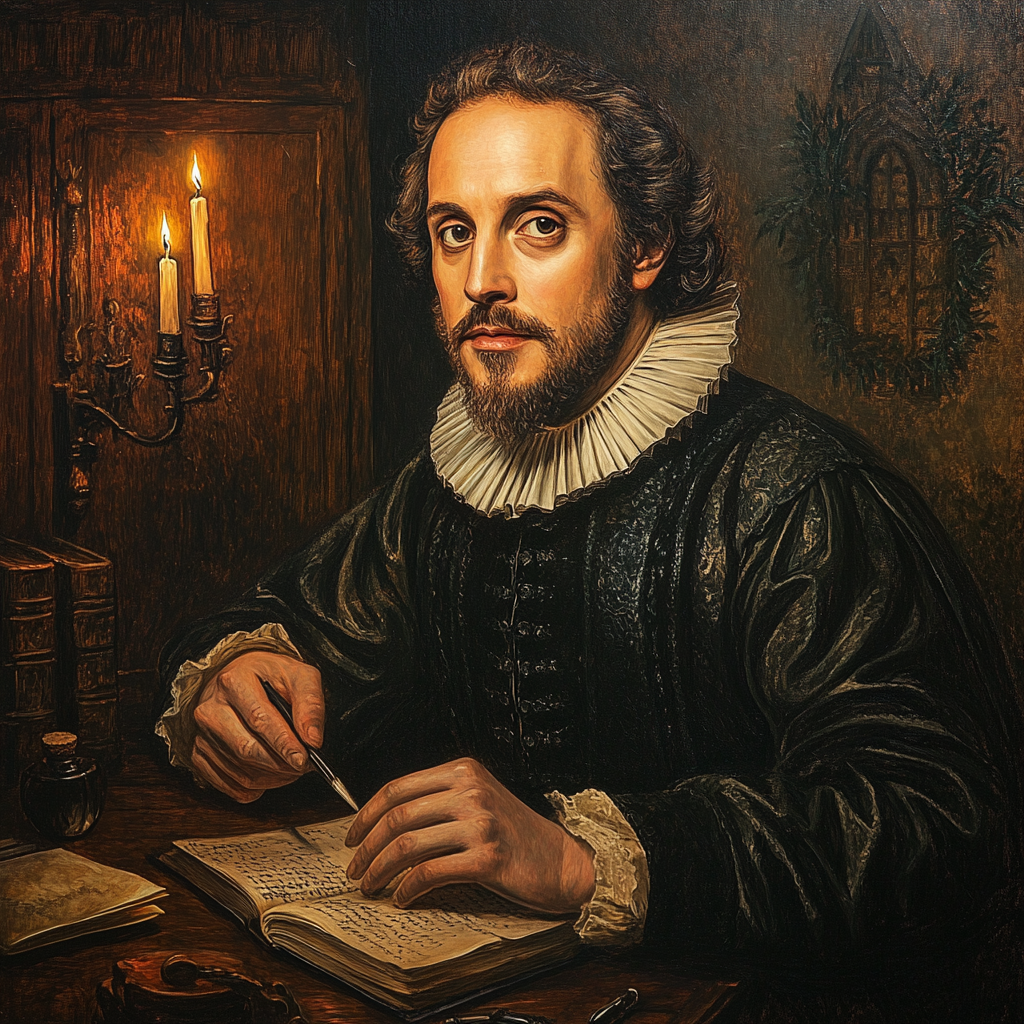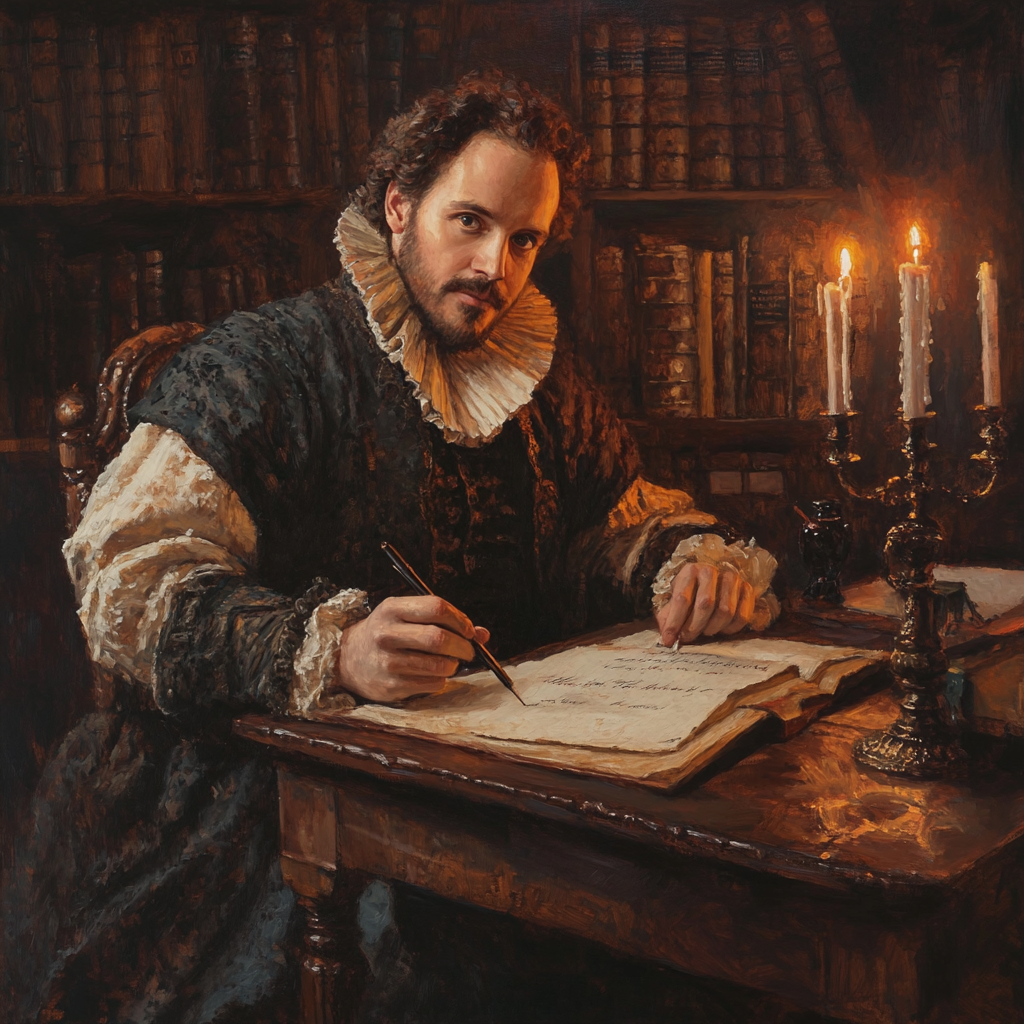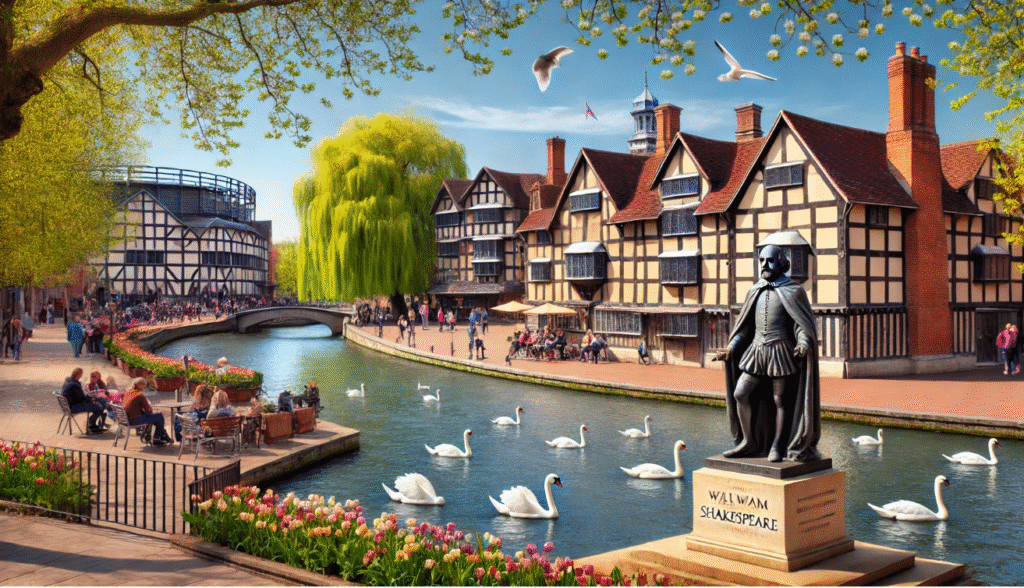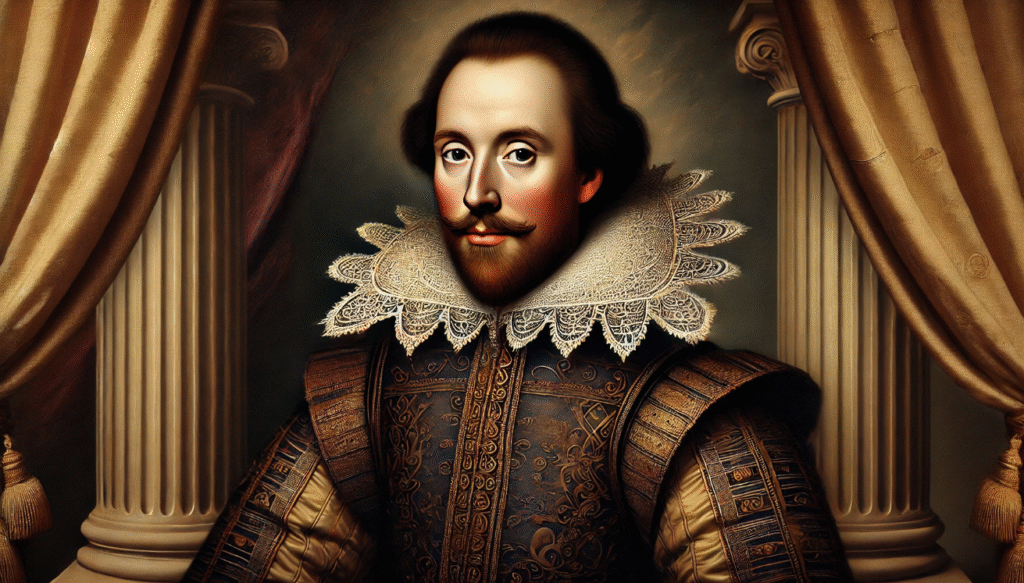 William Shakespeare is widely regarded as one of the greatest playwrights and poets in history. His legacy in literature is defined by his dual impact on both poetry and drama. In the realm of poetry, Shakespeare’s contributions to English poetry are celebrated for their exploration of love, beauty, and mortality. His mastery of the English language and form has had a lasting influence on poets for centuries. In the realm of drama, Shakespeare’s plays have not only shaped the development of English theater, but have also had a profound impact on storytelling and character development in literature as a whole. Studying Shakespeare’s contributions to English poetry contributions to English poetry is essential for understanding the evolution of literary techniques and themes in Western literature.
William Shakespeare is widely regarded as one of the greatest playwrights and poets in history. His legacy in literature is defined by his dual impact on both poetry and drama. In the realm of poetry, Shakespeare’s contributions to English poetry are celebrated for their exploration of love, beauty, and mortality. His mastery of the English language and form has had a lasting influence on poets for centuries. In the realm of drama, Shakespeare’s plays have not only shaped the development of English theater, but have also had a profound impact on storytelling and character development in literature as a whole. Studying Shakespeare’s contributions to English poetry contributions to English poetry is essential for understanding the evolution of literary techniques and themes in Western literature.
Shakespeare’s Era and Its Influence on His Poetry
During the Elizabethan era, which spanned from 1558 to 1603, there was a significant flourishing of literature and the arts. This period was characterized by a renewed interest in classical learning and humanism, as well as the patronage of the arts by Queen Elizabeth I. Literary trends during this time included the development of English drama, particularly the works of playwrights like William Shakespeare, Christopher Marlowe, and Ben Jonson. Poetry also flourished, with the publication of works by poets such as Edmund Spenser and Sir Philip Sidney. The Renaissance had a profound influence on Shakespeare’s poetic style and themes. He drew on classical sources and humanist ideals, incorporating them into his plays and sonnets.
The Elizabethan era, which lasted from 1558 to 1603, was a time of significant literary and artistic growth. During this period, there was a renewed interest in classical learning and humanism, and Queen Elizabeth I’s patronage of the arts helped to foster this creative environment. Notably, English drama flourished, with playwrights like William Shakespeare, Christopher Marlowe, and Ben Jonson making significant contributions to the development of the genre. Poetry also thrived, with poets such as Edmund Spenser and Sir Philip Sidney publishing influential works. The Renaissance had a profound impact on Shakespeare’s writing, as he drew on classical sources and humanist ideals to create his iconic plays and sonnets.
The Sonnet Master: Shakespeare’s Contribution to Poetic Form

The sonnet form, consisting of 14 lines, is a popular form of poetry that originated in Italy and gained popularity during the Elizabethan period in England. There are two main types of sonnets: the Shakespearean sonnet, which consists of three quatrains followed by a couplet, and the Petrarchan sonnet, which is divided into an octave and a sestet. The key difference between the two types lies in their rhyme scheme and structure. Shakespearean sonnets typically follow the rhyme scheme ABABCDCDEFEFGG, while Petrarchan sonnets follow the rhyme scheme ABBAABBACDCDCD.
Notable examples:

Sonnet 18, “Shall I compare thee to a summer’s day?”, is a famous Shakespearean sonnet that compares the beauty of a loved one to the perfection of a summer day. It explores the idea of timeless beauty and the enduring nature of love. Sonnet 116, “Let me not to the marriage of true minds”, is another well-known Shakespearean sonnet that celebrates the constancy and unwavering nature of true love. It emphasizes the idea that love is unchanging and transcends any obstacles that may come its way. Sonnet 130, “My mistress’ eyes are nothing like the sun”, takes a more realistic and unconventional approach to love poetry.
Shakespeare innovated the sonnet form by breaking away from the traditional Petrarchan structure and introducing a new rhyme scheme. He also infused his sonnets with a deeply personal and emotional voice, exploring themes of love, desire, and mortality in a way that resonated with a universal audience. By combining personal experience with universal themes, Shakespeare elevated the sonnet form to new heights, creating a powerful and enduring means of personal and universal expression.
Poetic Devices in Shakespeare’s Works

Shakespeare’s mastery of language is truly remarkable. He was able to create vivid imagery, powerful metaphors, and rich symbolism that have captivated audiences for centuries. His use of iambic pentameter, a rhythmic pattern of five pairs of syllables, has had a significant impact on English poetry and has influenced countless poets and playwrights. Additionally, Shakespeare’s contributions to the English language are vast, as he is credited with coining numerous words and phrases that are still in use today. His poetic brilliance can be seen in both his sonnets and his plays, where he expertly weaves together language and emotion to create timeless works of art.
Poetry in Shakespeare’s Plays
Shakespeare’s plays are known for their poetic language and dramatic impact. He often infused his plays with poetic elements through the use of verse, including blank verse and rhymed verse, in the dialogues and soliloquies of his characters. Blank verse, a form of unrhymed iambic pentameter, was commonly used for the dialogue of noble characters, while rhymed verse was often employed for songs, spells, and supernatural elements. This interplay of poetry and drama added depth and rhythm to his plays, enhancing the emotional and thematic impact of the stories he told.
Famous poetic passages from his plays:
These are famous lines from the plays of William Shakespeare. “To be, or not to be” is from Hamlet and is a famous soliloquy where the character of Hamlet is contemplating life and death. “The quality of mercy is not strained” is from The Merchant of Venice and speaks to the idea that true mercy is given freely and willingly. “If music be the food of love, play on” is from Twelfth Night and expresses the idea that music can nourish and sustain love. These lines are just a few examples of Shakespeare’s timeless and impactful writing.
Shakespeare used poetry in his plays to elevate dramatic moments and explore human emotions by employing various poetic techniques such as metaphors, similes, and imagery. His use of iambic pentameter and blank verse also added a lyrical quality to his dialogue, enhancing the emotional depth of the characters and the intensity of the scenes. Through his poetic language, Shakespeare was able to convey the complex emotions and inner turmoil of his characters, allowing the audience to deeply connect with the human experience portrayed on stage.
Themes That Transcend Time
The universal themes in Shakespeare’s poetry and plays continue to resonate with modern readers and writers because they tap into timeless aspects of human experience. Love, ambition, betrayal, and identity are all central to our lives, and Shakespeare’s exploration of these themes provides insight and perspective that is still relevant today. For example, love is a theme that transcends time and culture, and Shakespeare’s portrayal of love in its various forms – romantic, familial, and platonic – continues to resonate with audiences. Ambition is another theme that remains relevant, as people continue to grapple with the desire for success and recognition. Betrayal and its consequences are also universal experiences that Shakespeare’s works vividly depict.
Influence on English Literature and Beyond
Shakespeare’s impact on subsequent poets and playwrights has been profound. His mastery of language, storytelling, and character development has influenced countless writers across the centuries. His works have left an indelible mark on modern poetry, literature, and even pop culture. Shakespeare’s plays and poetry are studied, adapted, and celebrated worldwide. His plays are regularly performed on stages around the world, and his poetry continues to be dissected and analyzed by scholars and students alike. Notable critics, scholars, and writers have commented on Shakespeare’s poetry, with many praising his ability to capture the human experience with such depth and insight. His timeless quotes and memorable characters continue to resonate with audiences of all ages.
Shakespeare’s Legacy: The Eternal Poet and Dramatist

Shakespeare remains a central figure in English poetry and literature due to the enduring quality of his works. His plays and sonnets continue to inspire creativity and academic exploration, as they offer rich material for analysis and interpretation. The timelessness of his poetic and dramatic contributions allows for a continued relevance in today’s world, as his themes of love, power, and human nature still resonate with audiences. Additionally, Shakespeare’s mastery of language and storytelling techniques continue to captivate readers and theatergoers, cementing his status as a literary giant. Overall, Shakespeare’s enduring influence on English poetry and literature can be attributed to the universal themes and timeless quality of his works.
Shakespeare’s dual legacy in poetry and drama is truly remarkable. His poetry exhibits an unparalleled elegance and beauty, while his dramas are filled with gripping, powerful storytelling. What sets Shakespeare apart is his unique ability to seamlessly merge the two, creating works that are both artistically rich and emotionally compelling. Shakespeare’s works serve as a bridge between the past and the present, as they continue to resonate with audiences and readers today. His exploration of timeless themes such as love, power, and the human condition ensures that his works remain relevant across generations. Shakespeare’s legacy in both poetry and drama continues to inspire and captivate audiences, making him a true literary giant.







